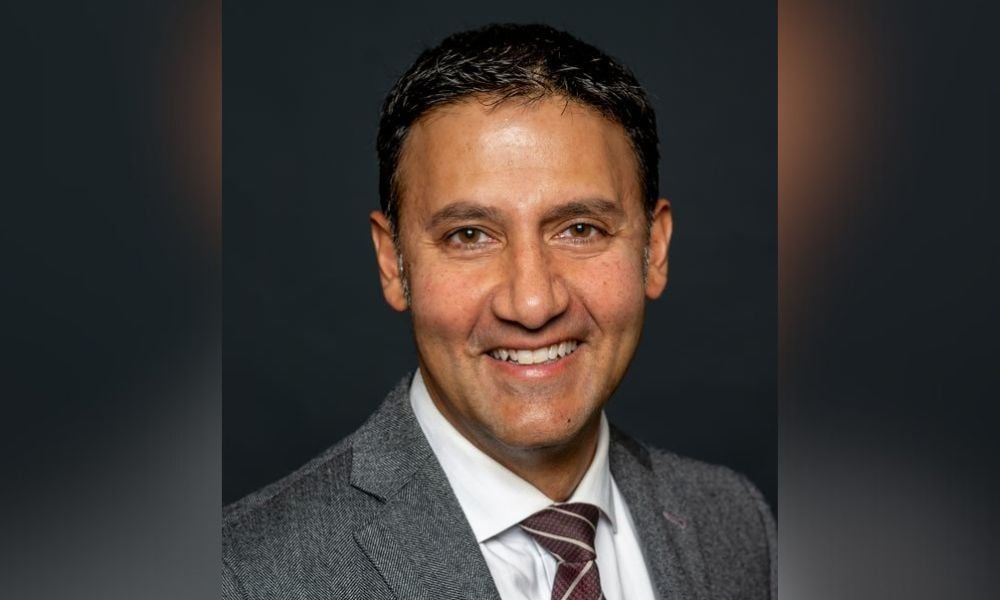There’s no debate in-house counsel add value to their organizations but these days some are choosing to demonstrate that value in carefully crafted graphs and spreadsheets benchmarking their accomplishments to show the c-suite.
“The legal department is a bit of a black box in a lot of organizations,” said Louise Arsenault, director of legal services, global offerings with Accenture who was part of a panel at the Association of Corporate Counsel annual conference in Los Angeles last week.
“But as each group in an organization at the end of the year has to ask for more budget or explain what we’re doing, it really enhances credibility when you put numbers to what you are doing.”
Numbers can help a legal department not only show value and illustrate “wins” but can also explain other activities that may be viewed by certain business units as poor performance.
“Everybody always talks about the two or three matters that are dragging but they never focus on the 45 you closed ‘like that,’” said Arsenault.
“That’s what the metric did — it showed all the things we handled and the two glaring things we’re still working on but it put things in perspective. Then you had all those deals you closed to help the business go forward. Instead of looking at it and seeing the big one represents what we are in the legal department.”
Arsenault is part of a global department of 400 lawyers globally.
“For us benchmarking becomes an exercise of providing to leadership an overview of what we’re doing, how we’re managing risk, and establishing compliance programs. How we are doing our part to mitigate the risk inherent to our business, internal visibility, and accountability to my leadership becomes a bigger deal for a larger department,” she said.
Just like building a house, Arsenault said you need to build a benchmarking program “step by step.”
“To benchmark you need metrics — some pre-existing data expressed in a useful format for measuring an objective,” she said. “If your attorneys know it’s being measured you will get more people entering data.”
Outside legal bills can be a source of data in addition to tracking what lawyers in-house are doing. In some instances that may mean tracking time with time sheets — something most in-house lawyers happily abandon once they leave the law firm environment. In some cases though, using time sheets for even six months can be enough to establish some valuable data.
Benchmarking may sound like a practice more suited to a large department like Arsenault’s but it can also work when you’re an army of one or five said Ian Barber, vice president and associate general counsel with Bankers Financial Corp., who works with a team of five.
“Showing how much the same work would have cost if done externally, and the efficiency of being close to the business, is one simple thing to do,” said Barber.
“Some of the things to look at is total spend, not just inside but externally. What is the cost per lawyer hour? You generally know how many hours you worked and your salary. Generally it’s about $180/hour. To the extent you can come in under $180 you have an argument you’re doing a great job on efficiency,” said Barber.
The ability for forecast also becomes greater once there is established data for comparison.
“With large numbers the curve starts to smooth out and you can see where employment litigation is picking up or where contract disputes are cropping up,” he said.
It also sets a baseline internally with which to measure future performance, understand what the drivers of legal spend are, and can set a blueprint for expansion in other geographic areas.
Some in-house counsel reject benchmarking as an inexact science that can often just serve to take productivity out of the department.
Edward Paulis, vice president and associate general counsel with Zurich North America Group, said if not done properly, benchmarking can consume a great deal of resources without providing the desired data or any useful insights.
“Figure out in advance what you need to know and what insights you are looking for and educate yourself first,” he said.
Arsenault argues it’s all part of the evolving world of legal services.
“I still think the practice of law is an art and I have a hard time distilling down to numbers, but this is where we are at,” she said.
“The legal department is a bit of a black box in a lot of organizations,” said Louise Arsenault, director of legal services, global offerings with Accenture who was part of a panel at the Association of Corporate Counsel annual conference in Los Angeles last week.
“But as each group in an organization at the end of the year has to ask for more budget or explain what we’re doing, it really enhances credibility when you put numbers to what you are doing.”
Numbers can help a legal department not only show value and illustrate “wins” but can also explain other activities that may be viewed by certain business units as poor performance.
“Everybody always talks about the two or three matters that are dragging but they never focus on the 45 you closed ‘like that,’” said Arsenault.
“That’s what the metric did — it showed all the things we handled and the two glaring things we’re still working on but it put things in perspective. Then you had all those deals you closed to help the business go forward. Instead of looking at it and seeing the big one represents what we are in the legal department.”
Arsenault is part of a global department of 400 lawyers globally.
“For us benchmarking becomes an exercise of providing to leadership an overview of what we’re doing, how we’re managing risk, and establishing compliance programs. How we are doing our part to mitigate the risk inherent to our business, internal visibility, and accountability to my leadership becomes a bigger deal for a larger department,” she said.
Just like building a house, Arsenault said you need to build a benchmarking program “step by step.”
“To benchmark you need metrics — some pre-existing data expressed in a useful format for measuring an objective,” she said. “If your attorneys know it’s being measured you will get more people entering data.”
Outside legal bills can be a source of data in addition to tracking what lawyers in-house are doing. In some instances that may mean tracking time with time sheets — something most in-house lawyers happily abandon once they leave the law firm environment. In some cases though, using time sheets for even six months can be enough to establish some valuable data.
Benchmarking may sound like a practice more suited to a large department like Arsenault’s but it can also work when you’re an army of one or five said Ian Barber, vice president and associate general counsel with Bankers Financial Corp., who works with a team of five.
“Showing how much the same work would have cost if done externally, and the efficiency of being close to the business, is one simple thing to do,” said Barber.
“Some of the things to look at is total spend, not just inside but externally. What is the cost per lawyer hour? You generally know how many hours you worked and your salary. Generally it’s about $180/hour. To the extent you can come in under $180 you have an argument you’re doing a great job on efficiency,” said Barber.
The ability for forecast also becomes greater once there is established data for comparison.
“With large numbers the curve starts to smooth out and you can see where employment litigation is picking up or where contract disputes are cropping up,” he said.
It also sets a baseline internally with which to measure future performance, understand what the drivers of legal spend are, and can set a blueprint for expansion in other geographic areas.
Some in-house counsel reject benchmarking as an inexact science that can often just serve to take productivity out of the department.
Edward Paulis, vice president and associate general counsel with Zurich North America Group, said if not done properly, benchmarking can consume a great deal of resources without providing the desired data or any useful insights.
“Figure out in advance what you need to know and what insights you are looking for and educate yourself first,” he said.
Arsenault argues it’s all part of the evolving world of legal services.
“I still think the practice of law is an art and I have a hard time distilling down to numbers, but this is where we are at,” she said.







